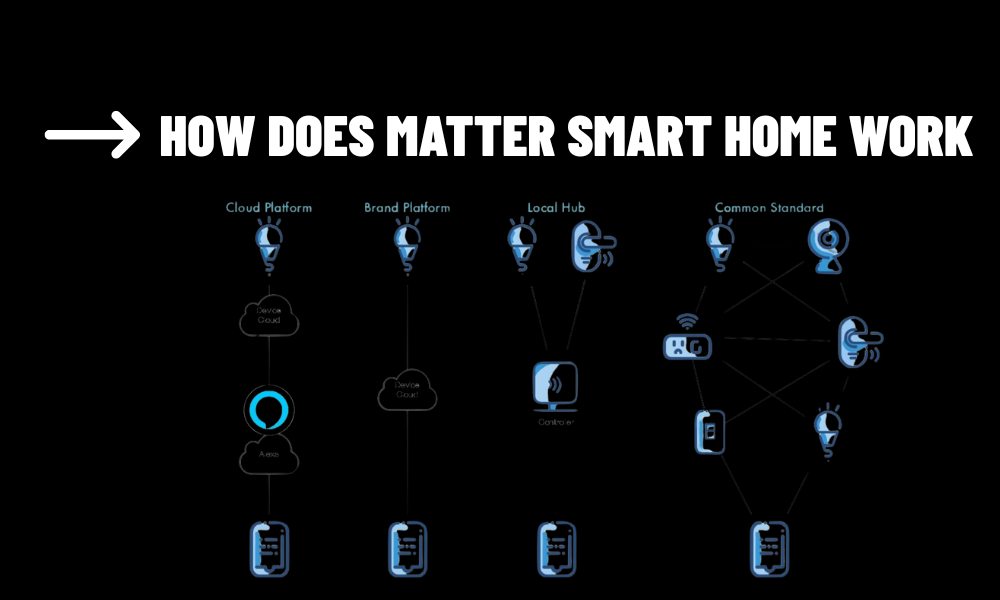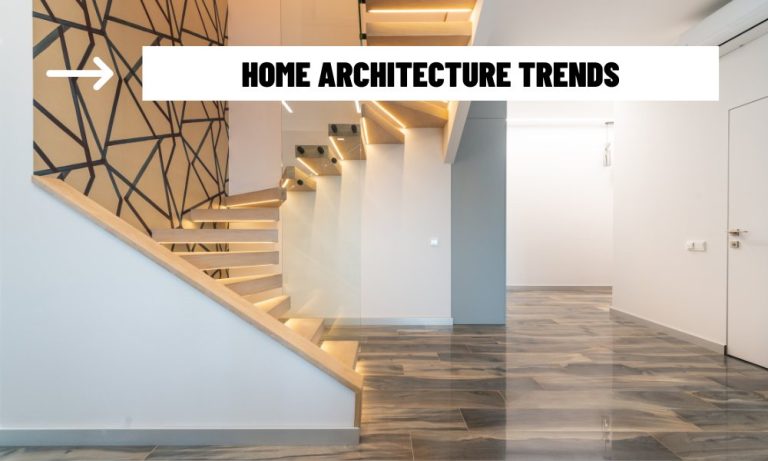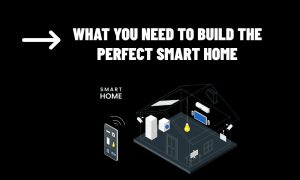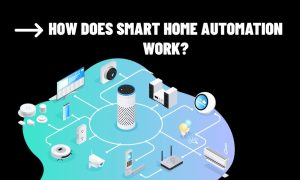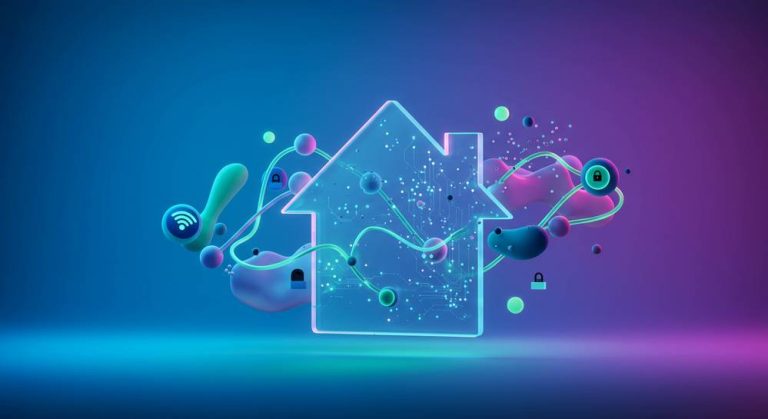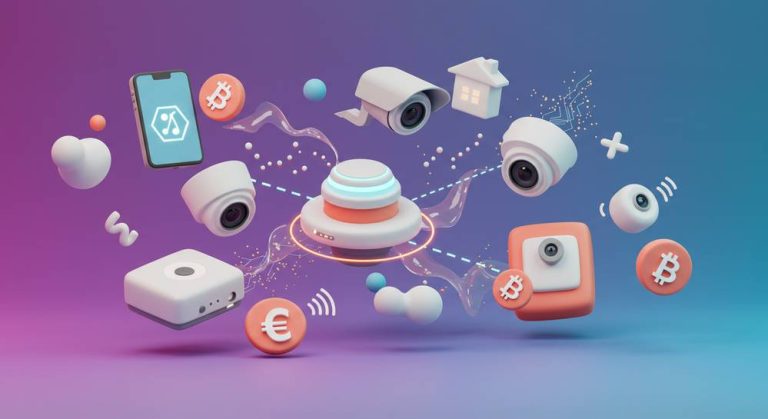As smart home devices have become more mainstream, consumers often face a frustrating challenge: different products from different brands don’t always work together. This lack of compatibility limits functionality, complicates setup, and often requires multiple apps or hubs. Enter Matter, a revolutionary protocol that seeks to change all that. But what exactly is Matter, and how does Matter smart home work in practice?
What is Matter?
Matter is an open-source, IP-based connectivity protocol developed by the Connectivity Standards Alliance (CSA), formerly known as the Zigbee Alliance. With the backing of major tech players like Google, Apple, Amazon, and Samsung, Matter is designed to be the universal language for smart home devices. Its goal is to ensure that devices from different brands can seamlessly communicate, integrate, and function under one roof—yours.
Unlike previous protocols that often required dedicated hubs or cloud servers, Matter allows devices to communicate locally over your existing network using technologies such as Wi-Fi, Ethernet, and Thread. It does so by standardizing how devices discover each other, interact, and remain secure.
How Does Matter Smart Home Work?
To understand how Matter smart home works, it’s essential to break it down into its core components:
1. Common Application Layer
Matter defines a universal application layer that sits atop familiar transport protocols like Wi-Fi and Thread. This layer standardizes how smart home devices communicate—for example, how a smart bulb responds to an “on” command or how a smart lock reports its status.
By creating a common “language,” Matter ensures that devices don’t need custom code or bridges to understand each other. Whether you buy a door sensor from Eve or a light switch from TP-Link, if they’re Matter-certified, they’ll work together out of the box.
2. Multi-Platform Compatibility
Matter is inherently platform-agnostic, meaning it supports all major smart home ecosystems: Apple HomeKit, Amazon Alexa, Google Home, and Samsung SmartThings. This eliminates the need to choose an ecosystem upfront or be locked into one brand’s ecosystem.
What’s more, multi-admin support allows a single Matter device to be controlled by multiple platforms simultaneously. That means you can tell Siri to turn off the lights and later ask Alexa to turn them back on—using the same light.
3. Secure and Local Connectivity
One of Matter’s biggest selling points is local control. Unlike cloud-dependent systems, Matter-enabled devices communicate over your local network. This translates into faster response times, better reliability, and functionality even when your internet goes down.
Security is also baked in at the protocol level. Matter uses end-to-end encryption, mutual authentication, and digital certificates to ensure that only trusted devices can join and operate in your home network.
4. Simplified Setup and Commissioning
With Matter, onboarding a new device is straightforward. Devices typically come with a Matter QR code or NFC tag that you scan using a smartphone app. This initiates a secure onboarding process that includes device attestation, ensuring the product is genuine and Matter-certified.
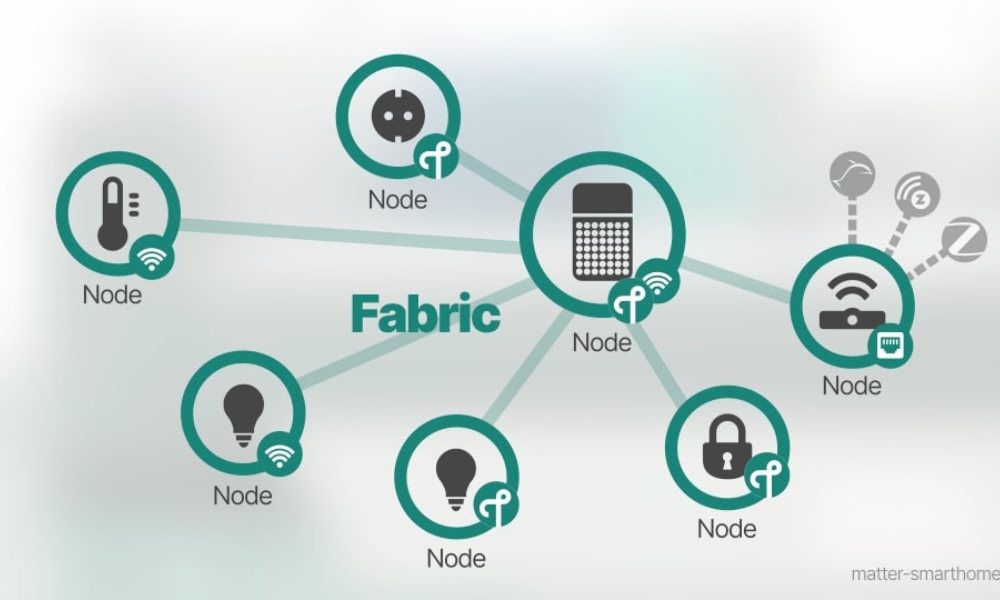
Real-Life Examples
Let’s say you purchase a Matter-certified thermostat, smart bulbs, and door lock—all from different brands. After setting them up using your favorite app (like Google Home or Apple Home), you can create routines such as “Goodnight Mode,” which locks the doors, adjusts the temperature, and dims the lights—all in one action, without worrying about compatibility.
Benefits of Matter in Smart Homes
Interoperability: Devices from various brands just work.
Reduced complexity: Fewer hubs and apps required.
Improved performance: Local control means faster reactions.
Security and privacy: Built-in protections give users peace of mind.
Future readiness: With backing from tech giants, Matter is poised for long-term support.
Challenges and Limitations
While Matter is promising, it’s still evolving. As of 2025, not all device categories are fully supported—cameras and appliances, for example, are still being integrated. Also, existing non-Matter devices will not become compatible unless the manufacturer updates them via firmware or offers a bridge.
Conclusion
So, how does Matter smart home work? It simplifies the complex world of home automation by providing a universal, secure, and interoperable protocol that works across ecosystems and brands. With Matter, the smart home vision of seamless integration, user-friendly control, and secure local communication becomes a practical reality. Whether you’re upgrading your system or just starting out, Matter is the foundation you’ll want to build on.
